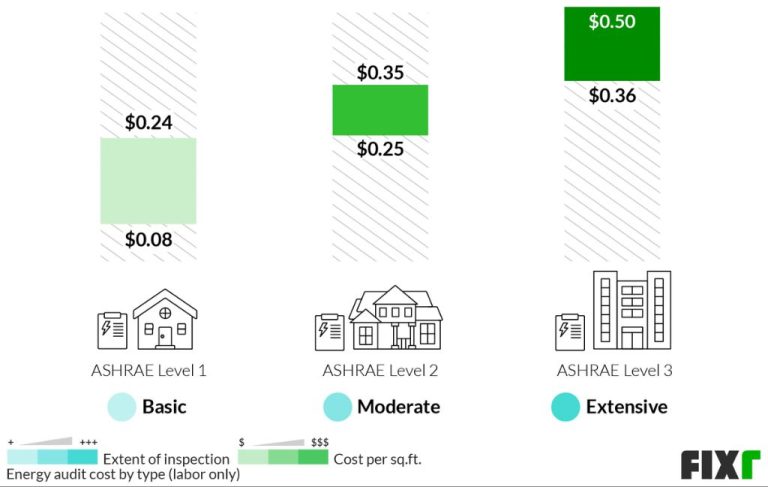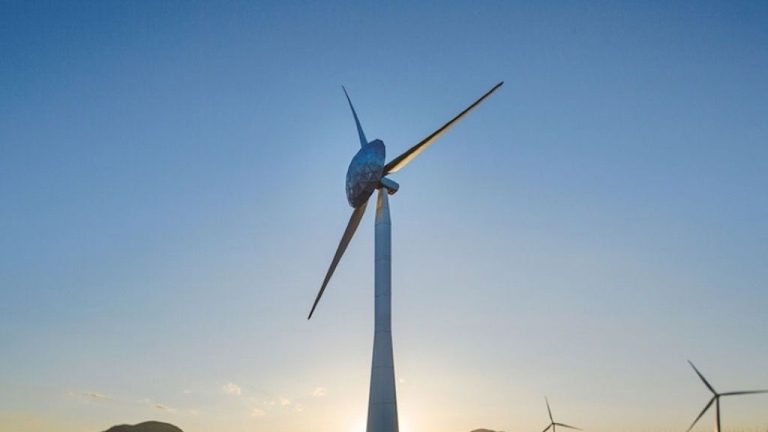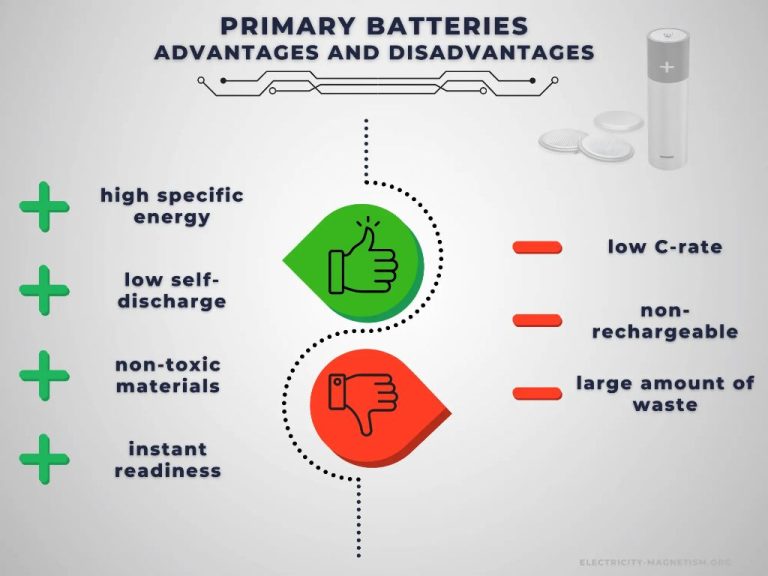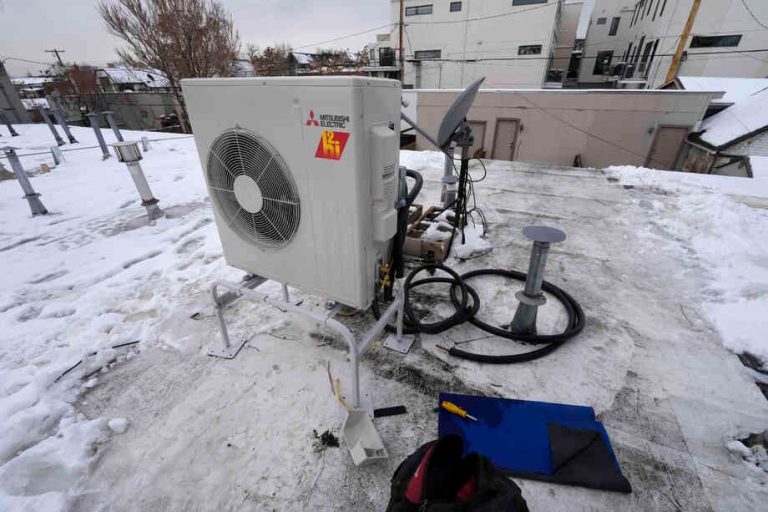How Has Energy Consumption Changed Over The Past 50 Years?
Over the past 50 years, global energy consumption has risen substantially. According to the U.S. Energy Information Administration, worldwide energy usage increased over 250% between 1970 and 2019. This dramatic rise is attributable to several key factors, most notably population growth, economic expansion, urbanization, and shifts in energy sources.
The thesis of this article is that energy consumption has risen dramatically over the past 50 years due to population growth, economic expansion, and changes in energy sources. As the global population has grown, so too has energy demand. Likewise, as economies have industrialized and incomes have risen, energy usage has climbed. Further contributing to the growth in energy consumption is the trend toward urbanization, which concentrates energy needs, as well as shifts in the energy mix itself.
This article will analyze trends in population, economic growth, urbanization, transportation, residential and commercial energy use, industrial energy requirements, and changes in energy sources over the past five decades. It will demonstrate how these interconnected factors have led to surging worldwide energy demand between 1970 and today.
Population Growth
The global population has grown substantially over the past 50 years, from around 3.7 billion in 1970 to over 7.8 billion today. This represents more than a doubling of the world’s population in just 50 years. The sheer increase in the number of people on Earth has significantly contributed to rising energy demand over this period.
As populations grow, more resources and energy are needed to provide food, housing, infrastructure, transportation, and goods and services for all these people. Developing countries, in particular, have experienced rapid population growth along with economic development and urbanization, greatly increasing energy usage per capita even as the overall population expanded.
According to the United Nations, developing countries accounted for over 90% of world population growth from 1970 to today. China and India, the world’s two most populous countries, both experienced population booms since the 1970s, with China’s population doubling from around 850 million to 1.4 billion, while India’s grew from 550 million to 1.4 billion. Such massive population increases fundamentally shift energy consumption patterns.
Furthermore, global life expectancy also increased over the past 50 years, meaning larger populations are living longer. With people using energy for more years on average, this compounds the pressure on energy demand beyond just population size. Overall, surging population growth, especially in the developing world, has been a major driver of escalating worldwide energy consumption over the past half century.
Economic Growth
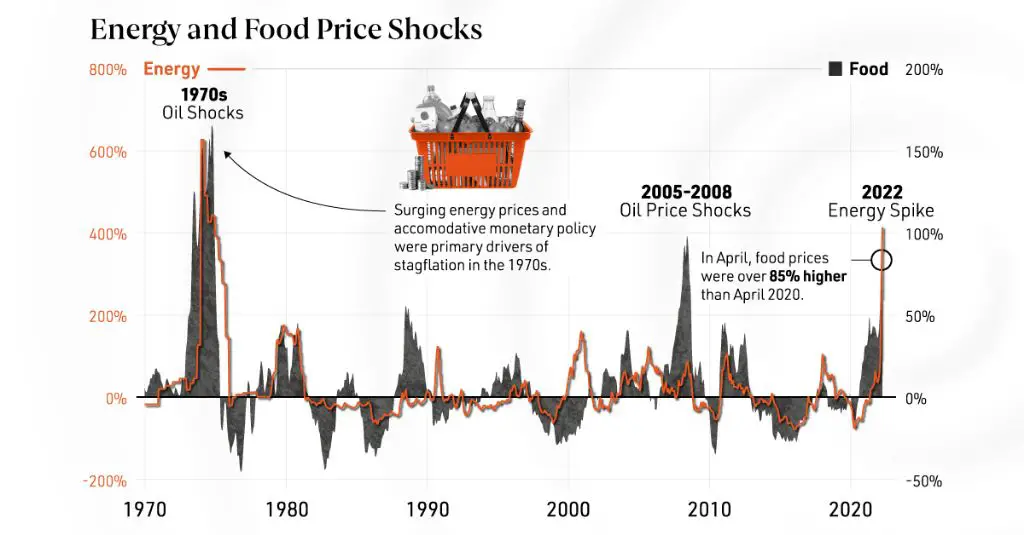
Over the past 50 years, rising incomes and economic development have significantly increased energy consumption globally. As countries have industrialized and developed economically, incomes have risen which has enabled increased spending on energy-consuming goods and services.
This trend is especially notable in developing countries. As countries like China and India have rapidly industrialized, average incomes have risen substantially. Hundreds of millions of people have moved out of poverty and into the middle class. With more disposable income, households spend more on appliances, vehicles, air travel, and energy-intensive services – dramatically increasing energy demand.
According to the International Energy Agency (IEA), there is a 0.7% increase in global energy consumption for every 1% increase in GDP. Economic growth and rising prosperity are key drivers behind surging energy consumption worldwide over the past half century.
Urbanization
Over the past 50 years, there has been rapid urbanization around the world as populations have concentrated in cities and metropolitan areas. In 1950, just 30% of the world’s population lived in urban areas. Today, over 50% of the world’s population lives in cities and towns. This urbanization has led to major increases in energy consumption for several reasons:
Cities concentrate energy demand. With large populations concentrated in a small area, cities require huge amounts of energy for electricity, heating and cooling, transportation, and industrial activities. The density of cities means energy usage per capita is often higher than in rural areas.
Urban areas expand energy services. As populations move to cities, there is increasing demand for energy services like public transport, street lighting, paved roads, apartment buildings, shops and restaurants. This expands access to energy services but also increases overall energy demand.
Consumption patterns change. Urban lifestyles and higher incomes tend to increase ownership of energy-intensive appliances and electronics like air conditioners, computers, and televisions. Urban populations also consume more manufactured goods and processed foods, which require energy to produce.
Urbanization has therefore been a major driver in the growth of global energy consumption over the past half century. Meeting the energy needs of the world’s expanding cities will continue to drive demand in the coming decades.
Transportation
Over the past 50 years, transportation energy use has increased significantly due to rising populations leading to more vehicles on the road. In 1970, there were about 100 million registered highway vehicles in the United States and this climbed to over 290 million by 2020. Similarly, commercial air travel has exploded with revenue passenger miles rising from around 150 billion in 1970 to over 1 trillion in recent years.
Cars and air travel rely heavily on petroleum, so the growth in transportation has meant greater oil consumption. However, fuel economy has improved over time. In 1970, the average fuel economy of a US light-duty vehicle was about 13 miles per gallon. Through stricter regulations and better technology, this improved to around 25 mpg by 2020. Airline fuel efficiency has also gotten better. Still, the total energy used for transportation has gone up substantially.
Public transit usage declined over much of this period as car ownership rose, though some cities have invested more in transit in recent decades. This points to a transportation sector that has become more energy intensive overall compared to 50 years ago.
Residential Usage
Since the 1970s, residential energy consumption has dramatically increased due to the proliferation of energy-intensive appliances and electronics in homes. In the 1950s and 1960s, most homes only used energy for basic lighting, heating, cooling, and running large home appliances like refrigerators. However, since the 1970s, widespread residential electrification has led to most homes having multiple televisions, computers, mobile devices, gaming consoles, and other small appliances and electronics that require continuous energy to power them even when not in use.
In addition, larger home sizes over time have increased energy needs for heating, cooling, and lighting more space. The popularity of central air conditioning since the 1970s has also driven up home energy use, as air conditioning consumes significantly more energy than heating. As energy efficient lighting like CFL and LED bulbs have become more prevalent, lighting energy use per home has declined slightly despite more fixtures, though this has been offset by the proliferation of electronics. Overall, the average U.S. household now uses about triple the energy it did in the 1950s and 1960s. More energy efficient appliances have curbed energy use growth somewhat, but the sheer volume of devices and appliances in homes has still caused a dramatic rise in residential energy consumption over the past 50 years.
Commercial Usage
Commercial energy consumption has increased significantly over the past 50 years, driven by the growth of the service sector and increased demand for electricity in commercial buildings. Between 1970 and 2019, commercial energy use in the United States more than doubled, rising from around 9 quadrillion BTUs to over 18 quadrillion BTUs.
Several key factors contributed to this growth in commercial energy demand. First, the continued shift towards a service-based economy led to rapid growth in office space, retail, and other commercial facilities. Between 1980 and 2012, commercial floorspace increased by over 80% in the US. Larger offices, malls, and hospitals used more energy for heating, cooling, lighting, appliances and other needs.
Second, new technologies and changing commercial practices drove up electricity usage per square foot of commercial space. More computers, electronics, and machinery increased plug loads. Larger windows and taller ceilings became popular, increasing heating and cooling needs. And lights, HVAC systems, and other equipment ran for longer hours each day as the service economy moved towards 24/7 operations.
Finally, growth in electricity-intensive industries like data centers, communications networks, and electronic security systems contributed to rising commercial energy use. While efficiency improvements helped curb energy growth on a per square foot basis, absolute commercial energy use continued to climb given expanding commercial floorspace and electricity demand across the service sector.
Industrial Usage
Industrial energy usage has increased substantially over the past 50 years due to rapid industrialization and economic growth. In 1970, industry accounted for around 40% of total global energy consumption. However, by 2019, the industrial sector’s share of final energy consumption had risen to over 54%.
There are several key factors that have driven growth in industrial energy demand:
- Manufacturing output – The total value of global manufacturing output has increased enormously, fueled by industrialization in emerging economies like China and India. More manufacturing activity requires more energy for powering factories, machinery and industrial processes.
- Heavy industry growth – Energy-intensive industries like iron & steel, chemicals, cement and pulp & paper have expanded significantly to meet demand from urbanization and construction. These heavy industries consume large amounts of energy for high temperature heating and operating equipment.
- Digital technology – Advanced robotics, computerization and automation in industry has boosted productivity and efficiency. However, this digital transformation relies on ever-increasing electricity usage.
- Global supply chains – The development of complex global supply chains means components and materials are transported worldwide between multiple countries and facilities during production. This expands energy needs for freight and logistics.
While energy efficiency improvements have helped curb energy usage per unit of industrial production, these have not outweighed the massive increase in manufacturing output and heavy industry growth over the past 50 years. This has led to industrial energy consumption continuing to rise globally.
Energy Mix
The energy mix has undergone a major shift in the past 50 years. In the 1970s, oil made up the largest share of global energy consumption at around 46%. Coal was around 24% and natural gas was 16%. Nuclear, hydroelectric and renewable sources like solar and wind made up less than 10%.
By 2018, the share of oil had fallen to about 31% as concerns grew over supply disruptions and price volatility. Coal’s share also dropped to 27% due to environmental regulations on coal plants. The big winner was natural gas, which increased to 23% of the energy mix thanks to abundant supplies and its lower carbon emissions compared to coal and oil.
Nuclear energy also grew significantly over the period, from 1% in 1973 to about 10% by 2018. This was driven by major investments in nuclear power capacity between 1970-1990, before growth stalled due to high costs and public opposition. Renewables excluding hydroelectric also entered the mix, going from essentially 0% in 1973 to over 5% by 2018. Rapid declines in solar and wind costs have enabled very strong growth in recent years.
Going forward, the energy mix will continue to evolve. Oil and coal’s shares are projected to decline further as nations target reductions in carbon emissions. Natural gas and nuclear will likely maintain their shares, while renewables like solar, wind and biofuels are forecast for rapid growth. The pace of this transition will depend heavily on policy support and technological advances.
Conclusion
Over the past 50 years, we have seen energy consumption increase dramatically across the globe. This growth has been driven by several key factors like population and economic expansion, urbanization, transportation needs, and usage increases in the residential, commercial and industrial sectors. Fossil fuels like oil, coal and natural gas have historically dominated the energy mix, but renewable sources like solar and wind are starting to gain more market share.
Looking ahead, energy consumption is likely to keep rising, especially as developing nations continue to industrialize and populations grow. However, there are signs we may be able to curb demand growth through greater efficiency and by transitioning more of our energy mix to renewables. More research and development is needed around battery storage, smart grids, and other technologies that can enable an affordable and reliable clean energy system. With the right policies, infrastructure investments, and technological innovations, we can work to meet growing energy needs in a sustainable manner.

